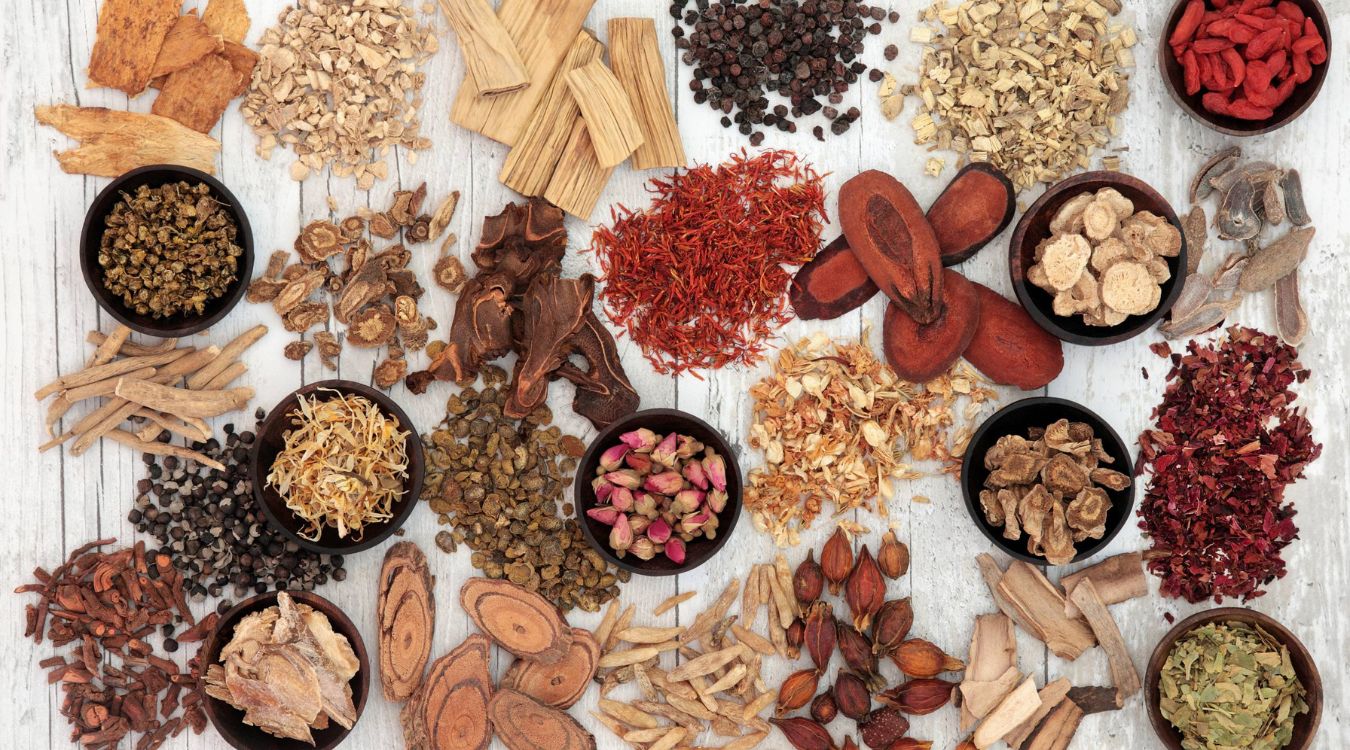
Traditional Japanese Medicine has a rich history spanning centuries, blending ancient practices with modern techniques. Ever wondered how these age-old remedies still hold relevance today? Kampo, the Japanese adaptation of Chinese herbal medicine, forms the backbone of this holistic approach. From herbal concoctions to acupuncture, these methods aim to balance the body's natural energies. Unlike Western medicine, which often focuses on treating symptoms, Traditional Japanese Medicine seeks to address the root cause of ailments. Curious about the secrets behind these time-tested practices? Let's dive into 30 intriguing facts that reveal the wisdom and effectiveness of Traditional Japanese Medicine.
Key Takeaways:
- Traditional Japanese Medicine (TJM) is deeply rooted in balancing the body's energy and using herbal remedies to promote wellness, offering a unique approach to healthcare that has influenced Japanese culture and traditions.
- With a focus on holistic care and natural therapies, TJM continues to evolve and gain recognition worldwide, offering complementary treatments for a wide range of health conditions while preserving its rich cultural significance in Japan.
The Origins of Traditional Japanese Medicine
Traditional Japanese Medicine (TJM) has a rich history that spans centuries. It combines ancient practices with unique Japanese innovations. Let's explore some fascinating facts about this ancient healing art.
- TJM is deeply influenced by Traditional Chinese Medicine (TCM), incorporating many of its principles and techniques.
- Kampo, a major branch of TJM, was officially recognized by the Japanese government in the 17th century.
- The term "Kampo" means "the way of the Chinese," reflecting its roots in Chinese medical practices.
- Unlike TCM, TJM places a stronger emphasis on herbal medicine over acupuncture.
Key Concepts in Traditional Japanese Medicine
Understanding the core concepts of TJM can provide insight into its unique approach to health and wellness.
- TJM focuses on balancing the body's energy, known as "ki" or "qi."
- The concept of "yin" and "yang" is central to TJM, representing the balance of opposing forces within the body.
- TJM practitioners believe that illness results from imbalances in the body's energy flow.
- Diagnosis in TJM often involves observing the patient's appearance, behavior, and pulse.
Herbal Medicine in Traditional Japanese Medicine
Herbal medicine is a cornerstone of TJM, with a wide variety of plants used for their healing properties.
- Kampo medicine uses over 200 different herbs in its formulations.
- Ginseng, a popular herb in TJM, is believed to boost energy and improve overall health.
- Licorice root is commonly used in TJM to treat digestive issues and respiratory problems.
- TJM practitioners often prescribe herbal formulas tailored to the individual's specific needs.
Acupuncture and Moxibustion
Acupuncture and moxibustion are two traditional techniques used in TJM to restore balance and promote healing.
- Acupuncture involves inserting thin needles into specific points on the body to stimulate energy flow.
- Moxibustion involves burning dried mugwort on or near the skin to warm and invigorate the flow of qi.
- These techniques are often used together to enhance their therapeutic effects.
- Acupuncture points in TJM are similar to those used in TCM but may have different names and interpretations.
Dietary Therapy in Traditional Japanese Medicine
Diet plays a crucial role in maintaining health and preventing illness in TJM.
- TJM emphasizes the importance of eating seasonal and locally sourced foods.
- A balanced diet in TJM includes a variety of grains, vegetables, and proteins.
- Fermented foods, such as miso and natto, are highly valued for their health benefits.
- TJM dietary therapy often recommends avoiding overly processed and sugary foods.
Modern Applications of Traditional Japanese Medicine
TJM continues to evolve and adapt to modern healthcare needs, offering complementary therapies alongside conventional medicine.
- Many Japanese hospitals integrate Kampo medicine with Western medical treatments.
- TJM is used to manage chronic conditions such as arthritis, asthma, and digestive disorders.
- Research has shown that TJM can be effective in reducing stress and improving mental health.
- TJM practitioners often work in collaboration with other healthcare professionals to provide holistic care.
Cultural Significance of Traditional Japanese Medicine
TJM is not just a medical practice; it is deeply embedded in Japanese culture and traditions.
- TJM practices are often passed down through generations within families.
- Many Japanese people use TJM remedies as part of their daily health routines.
- Festivals and rituals in Japan often include elements of TJM, such as herbal baths and teas.
- TJM has influenced other aspects of Japanese culture, including martial arts and meditation practices.
Future of Traditional Japanese Medicine
As interest in holistic and natural therapies grows, TJM is gaining recognition worldwide.
Traditional Japanese Medicine: A Timeless Practice
Traditional Japanese medicine, with its rich history and holistic approach, offers a unique perspective on health and wellness. From Kampo remedies to acupuncture and moxibustion, these practices have stood the test of time, providing natural alternatives to modern treatments. The integration of herbal medicine and dietary practices emphasizes the importance of balance and harmony in maintaining good health. While some methods may seem unconventional, their effectiveness has been validated by centuries of use and modern research. Exploring these ancient practices can open doors to new ways of thinking about health, encouraging a more comprehensive approach to well-being. Whether you're looking to complement your current healthcare routine or simply curious about different healing traditions, traditional Japanese medicine offers valuable insights and practical solutions. Embracing these time-honored practices can lead to a deeper understanding of the body's natural healing abilities.
Frequently Asked Questions
Was this page helpful?
Our commitment to delivering trustworthy and engaging content is at the heart of what we do. Each fact on our site is contributed by real users like you, bringing a wealth of diverse insights and information. To ensure the highest standards of accuracy and reliability, our dedicated editors meticulously review each submission. This process guarantees that the facts we share are not only fascinating but also credible. Trust in our commitment to quality and authenticity as you explore and learn with us.
